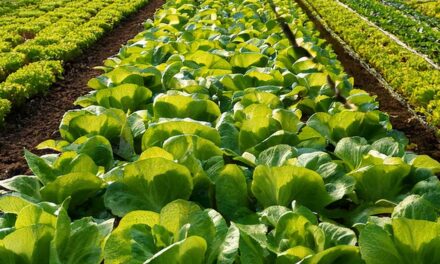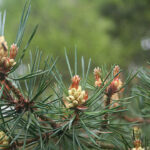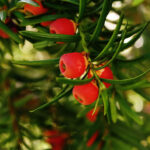
Bay Laurel Christmas Tradition: From Wreaths to Feasts

Ancient Symbolism: The Roots of Bay Laurel
Bay Laurel in Christmas Wreaths: A Symbol of Eternity
One of the most popular uses of Bay Laurel during Christmas is in wreaths. Wreaths are circular, symbolizing eternity, and the fragrant leaves of Bay Laurel add beauty and symbolism to this tradition. In many homes, Bay Laurel wreaths are hung on doors as a welcoming symbol of the holiday season.
Historically, wreaths were used to celebrate the changing of seasons and the rebirth of life. Today, the Bay Laurel wreath is still a favorite Christmas decoration, often paired with other seasonal foliage. The rich scent of the leaves creates a festive atmosphere and reminds us of the ancient practices that have been carried into our modern-day celebrations.















